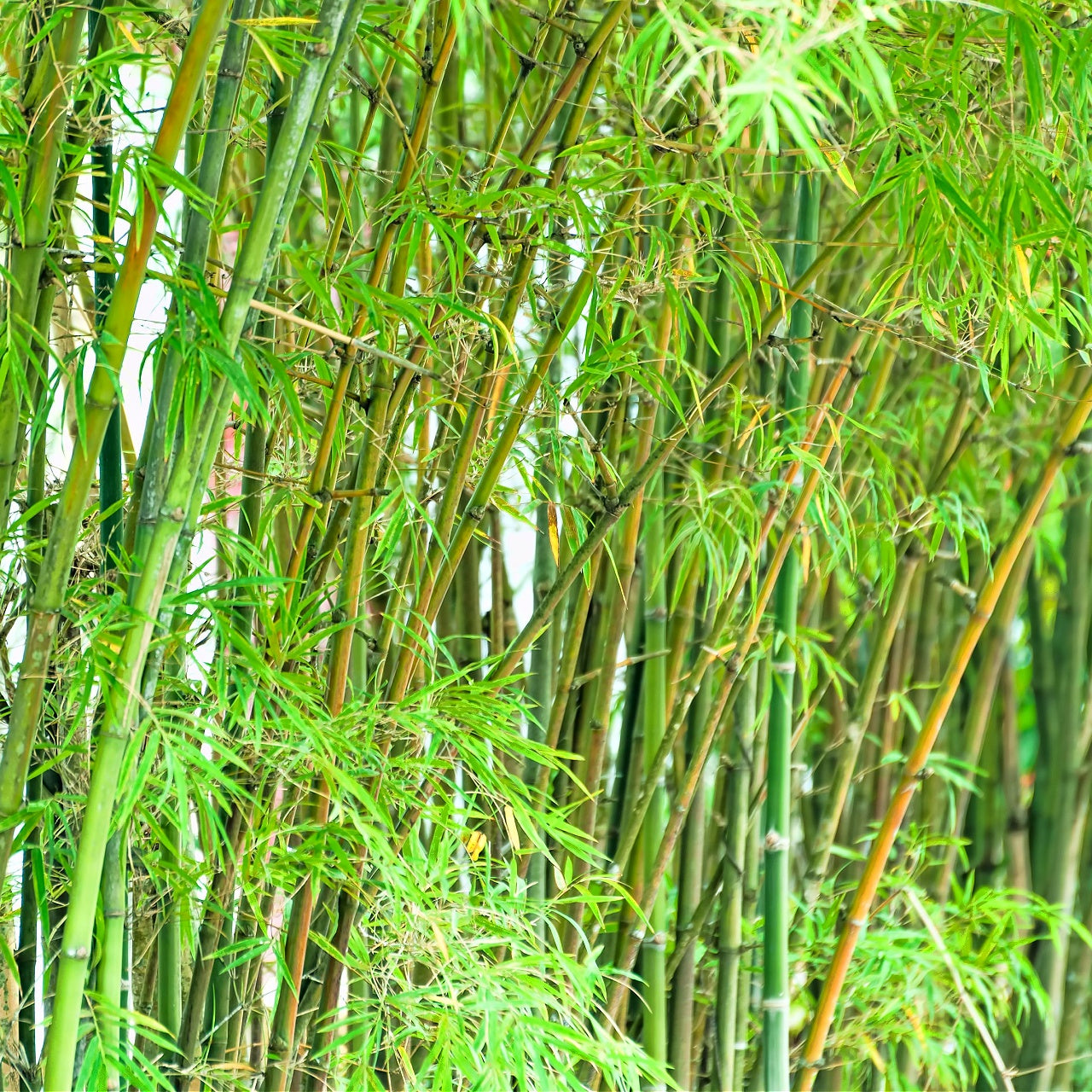
4 Benefits of Fall Planting
4 Benefits of Fall Planting
Every gardener and those who love to spend time in their yard are excited for the arrival of Spring, with its annual promise of a lush garden through the summer, says Tammy Sons of Tennessee Wholesale Nursery, a leading mail order plants nursery.
But fall planting brings many benefits before the new growing season. Whether it's planting new trees, covering existing plants, or even sowing some of your vegetable and flower gardens, there are some great projects to tackle in the autumn months.

Let's look at the four benefits of fall planting.
1. Protect Existing Trees and Shrubs
Spending time in the yard when the summers€™s heat ends will support plants such as trees and shrubs when the growing season begins again in the Spring.
That could mean buying containers or other unique coverings for trees and shrubs, but there are options for DIY plant protection.
In climates that don't get too cold, dried leaves or other mulch can be spread around the base of plants. Besides leaves, other mulch products include wood chips or straw. You can also build a cage with chicken wire and fill it with straw.
Other ideas include burlap, tarps, or even bedsheets draped around roses, cedar shrubs, and more. Wrap the tree to ensure the branches won't be broken in a heavy snowfall or freezing rain.
The cooler autumn weather makes it easy to get this fall preparation done, and your plants will thank you over the cold winter months. They will then be ready to start new in the Spring.
2. Add to Your Yard
You might think autumn is the time to stop planting and clean the yard. Fall is prime time for planting trees and other items.
That is because the dormancy gives the plant time to adjust. Rather than suffer transplant shock right before the growing season, the young plant can adjust to its new surroundings, establish roots, and be ready for the new growth period in the Spring.
Trees are one such plant that benefits from fall planting. Add a privacy hedge in the fall, a fast-growing tree, or consider those that will provide beautiful foliage next autumn. A bright yellow American beech, red maple tree, or burgundy black gum tree will add color to your yard every autumn. Plants that are native to your area will adapt quickly.
3. Sow for the Spring
For the traditional gardener, it is hard to imagine planting in the fall just before the cold temperatures of winter - and for many, sleet, snow, and frozen ground. But several items are ideal for planting in the autumn.
Perennials are plants that are best to sow in the autumn. This will give them a head start before Spring, as the cooler weather allows the root systems to establish with less stress than the heat of summer. The plants can start to grow as soon as the ground thaws before you can get in the yard to put new plants in the ground.
Wildflowers and native plants are one idea, as they adapt to the local environment and support local pollinators (more on that later). Another popular option is to add bulbs of Spring blooming flowers such as tulips, crocus, or daffodils. These bulbed bloomers need the winter to get established and provide that springtime burst of early color to the yard.
If you have a vegetable garden, you can also do some fall planting. Onions and garlic can be planted over winter, as well as root vegetables like carrots and turnips.
4. Support Pollinators
Those early spring blooms will support pollinators if you plant them in the fall. For instance, bumblebee queens appear in late winter and early Spring to find a nesting spot and search for nectar and pollen for developing larvae.
The National Wildlife Federation reports that an abundance of early flowers can lay the foundation for healthy bumblebee numbers all season long. And every gardener knows how important bees and other pollinators are to a healthy garden. Pollination is essential to a healthy ecosystem and is a vital part of plant reproduction.
Wildflowers and native plants are an ideal choice. Their early growth will support pollinators such as butterflies, birds, and bees after hibernation or migration. Check with local nurseries and confirm your gardening zone before choosing new plants for your yard.
Down To Earth
While Spring is the most common time to plant in your yard, there are advantages to spending time in the garden in autumn. If summer is sweltering, you can enjoy the cooler temperatures when digging in the dirt.
Your plants, flowers, trees, shrubs, and even some vegetables will also gain from the time you spend on them in the fall. By protecting existing plants, adding to your yard, and preparing for Spring, you can reap the benefits of fall planting when the new growing season emerges after winter.






